The Loch Ness blackberry: A welcome monster
Charles Quest-Ritson offers his advice on taming this exquisitely flowered fruit.
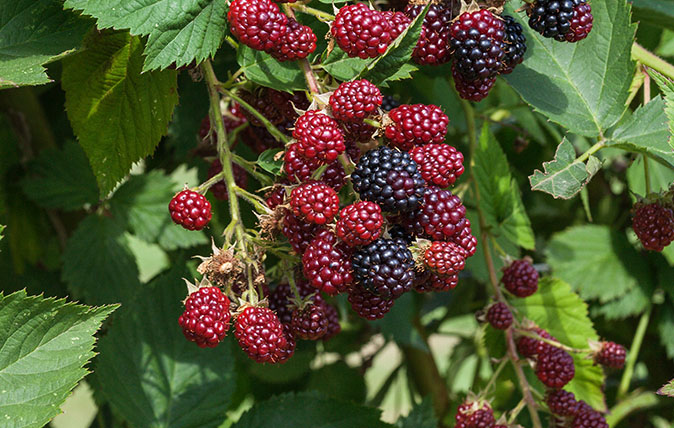

I’ve never planted blackberries in my garden – at least, not until four years ago. I’m a country boy and I don’t see the point of cultivating a plant that’s widely available in the wild.
Over the years, one gets to know the good stretches of blackberries in fields and hedgerows – the ones with large fruits or superior flavour and the ones whose crop comes early in the season.
A friend of ours, a retired admiral, grows cultivated blackberries in his kitchen garden, duly manured, watered and trained along wires for easy picking, but he misses out on the fun of picking wild blackberries for free.
'In short, the plant is hell-bent on world domination'
That’s the reason I can’t really explain why I planted a cultivated blackberry in the spring of 2014. I was thinking about soft fruit for our new garden and went to a garden centre to look at raspberries and currants, but the blackberry was in a pot and going for half price, so I thought it might be worth trying. It’s called Rubus Loch Ness, and I discovered later that it’s one of the few that carry an Award of Garden Merit from the RHS.
Over that first summer, it lingered, but, eventually, it put out some new growths that duly bore fruit in 2015. The berries were rather sour, but the RHS says that Loch Ness is one of the blackberries whose fruit colour up and look as if they’re ripe before they really are. The following year, I left them for longer before picking them and found that they did indeed have a good flavour, when both fresh and cooked.
Fast forward to 2018. Loch Ness expands by suckers, unlike ‘wild’ blackberries whose long wands arch over and root wherever they touch the ground. With Loch Ness, new growths shoot out of the ground all around the plant, up to a yard away from the previous year’s stems. They’re quite stout, so they don’t really arch over enough to reach the ground, even at the end of the year.
My squinny potful is now an enormous clump, heaving with promise. I reckon I shall get some 45lb of fruit off it before the end of September (my grandmother used to say you should never pick blackberries after Michaelmas, when the Devil enters them. Theology wasn’t her strongest suit).
Sign up for the Country Life Newsletter
Exquisite houses, the beauty of Nature, and how to get the most from your life, straight to your inbox.
Blackberries are borne on fruiting spurs that emerge from the axils all along their canes. Bumblebees like the flowers, but that’s not what they’re grown for, unlike those strictly ornamental Rubus, such as Tridel and Olympic Double, whose flowers are very pretty.
However, I have no hesitation in saying that Loch Ness is a spectacular sight when it flowers in May. The flowers aren’t especially large, but they are gleaming white and borne in huge clusters all along those near-thornless stems. They far outshine the deutzias and spiraeas that are everyone else’s bog-standard flowering shrubs for late spring.
For two or three weeks, the clouds of enthusiastic insects that Loch Ness attracts make it by far the noisiest plant in my garden.
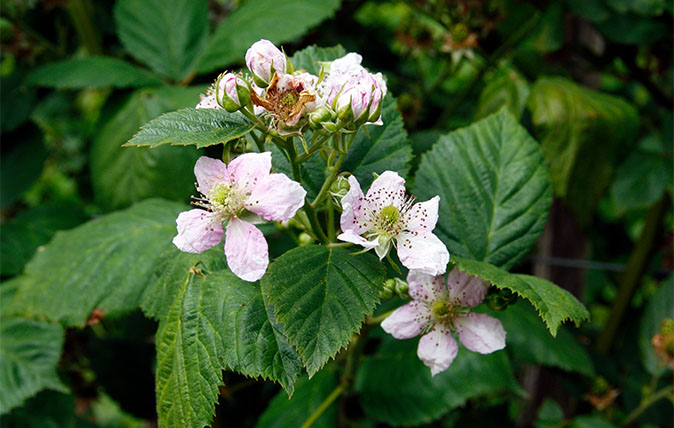
It’s a pity the RHS doesn’t give its Award of Garden Merit to the flowers of plants that are principally grown for their fruit. In fact, the only one I can think of is a cooking apple called Arthur Turner, which got its award in 1945. (Actually, I think Annie Elizabeth, Ashmead’s Kernel and Keswick Codling have prettier flowers.)
I do think the society should make an exception for Loch Ness. It’s the very incarnation of health, vigour and beauty.
What’s more, it makes a cheerful, ever-expanding clump. Mine is now at least 15ft across and up to 7ft in height. Its growth is what mathematicians call ‘exponential’ or an example of ‘geometric progression’. Anyway, the suckers (next year’s fruiting canes) are now rather a nuisance.
They’ve invaded our autumn-fruiting raspberries and have entirely surrounded two young apple trees. In short, the plant is hell-bent on world domination. I calculate that, in another three years’ time, the clump will extend to more than 1,000 stems; in 10 years’ time to 100,000, enough to give one to every reader of Country Life who cares to call – but don’t wait, buy it yourself.
It’s wonderful to have something that grows so well, even if this particular Loch Ness is a bit of a monster.
Charles Quest-Ritson wrote the RHS Encyclopedia of Roses
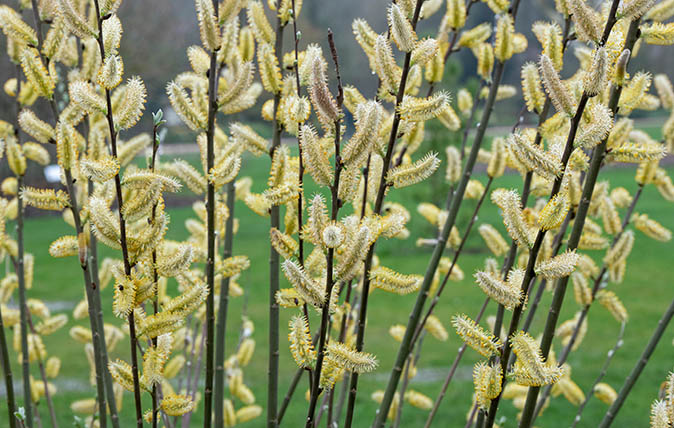
What to plant if you're thinking of putting a willow in your garden
Charles Quest-Ritson offers advice on this incredibly vibrant plant.
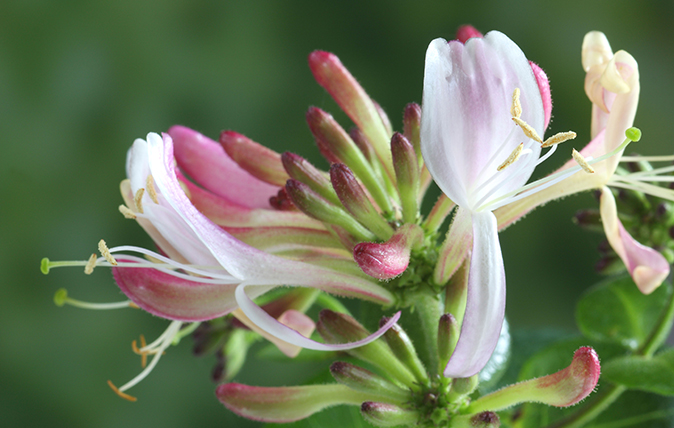
The best honeysuckle to grow in your garden – especially if they’re gifts from now-departed friends
Charles Quest-Ritson extols the virtues of delightful honeysuckle.
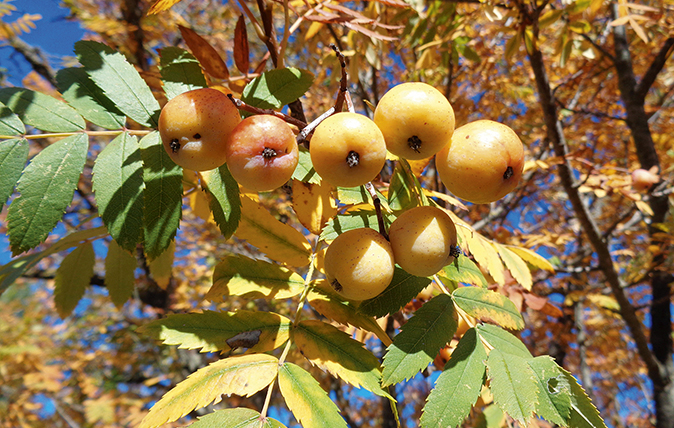
The autumnal fruit that makes a questionable home-made liqueur
Charles Quest-Ritson explores the sorb apple, an astringent fruit added to apples to make a particular variant of cider.
Country Life is unlike any other magazine: the only glossy weekly on the newsstand and the only magazine that has been guest-edited by HRH The King not once, but twice. It is a celebration of modern rural life and all its diverse joys and pleasures — that was first published in Queen Victoria's Diamond Jubilee year. Our eclectic mixture of witty and informative content — from the most up-to-date property news and commentary and a coveted glimpse inside some of the UK's best houses and gardens, to gardening, the arts and interior design, written by experts in their field — still cannot be found in print or online, anywhere else.
-
 A mini estate in Kent that's so lovely it once featured in Simon Schama's 'History of Britain'
A mini estate in Kent that's so lovely it once featured in Simon Schama's 'History of Britain'The Paper Mill estate is a picture-postcard in the Garden of England.
By Penny Churchill
-
 Splash! A Century of Swimming and Style: A whistle-stop history, from the Roman Baths to Hampstead Heath
Splash! A Century of Swimming and Style: A whistle-stop history, from the Roman Baths to Hampstead HeathEmma Hughes dives into swimming's hidden depths at the Design Museum's exhibit in London.
By Emma Hughes